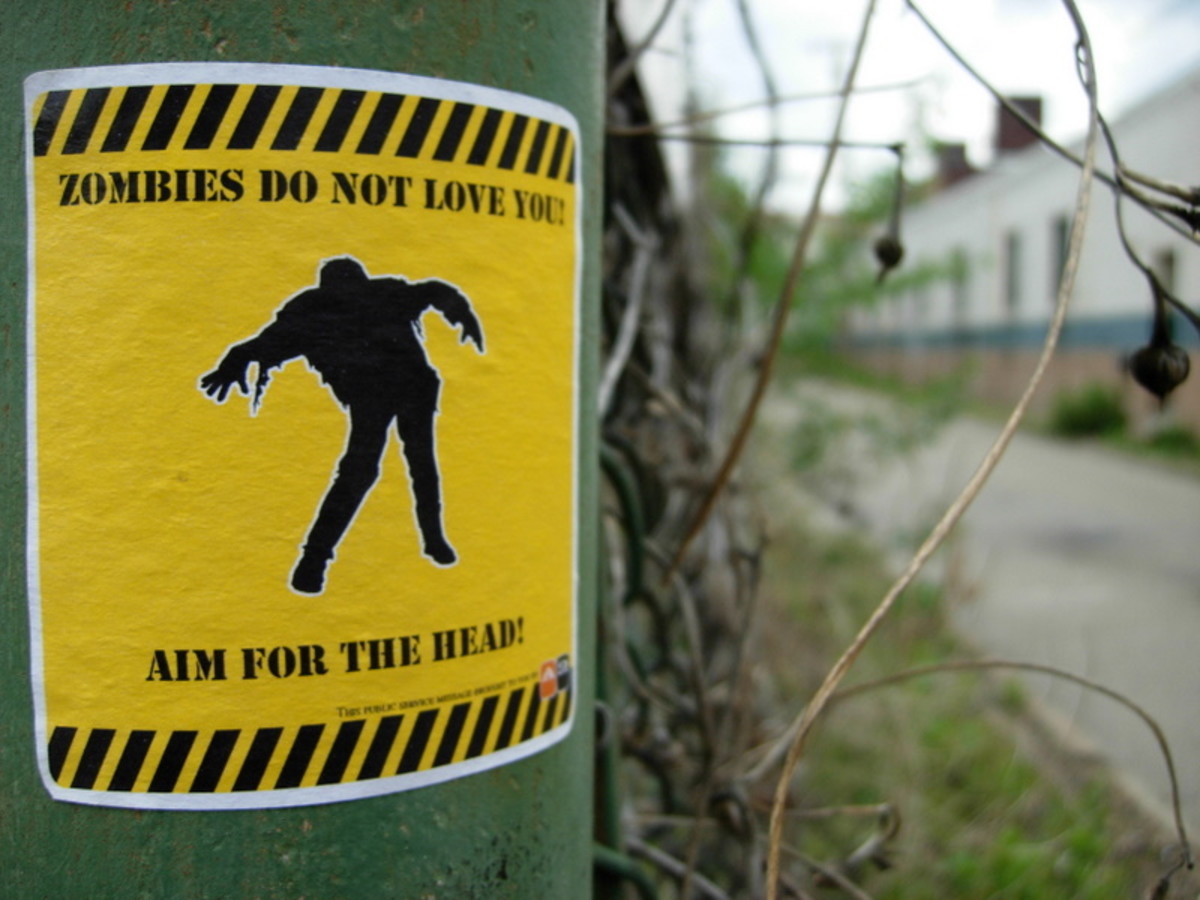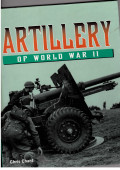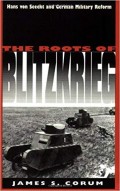Book Review: 'Secrets and Spies'
Introduction
“Secrets and Spies” by Reader’s Digest is a compilation of true stories from World War 2, compiled in the years immediately after the war. The book is subtitled “Behind the Scenes Stories of World War II”.
If you want a condensed version of many stories from World War 2, literally spanning the globe from Asia to Africa to Europe to North America, “Secrets and Spies” is an excellent resource. All of the stories in the book are authenticated, written by individuals involved or their surviving associates.
What are some of the stories in the nonfiction book "Secrets and Spies"?

Highlights of the Book
- This book contains the story of Churchill’s seizure and move of several billion dollars worth of privately held gold and stocks along with the British government’s gold stores and their relocation to Canada, so that England could fund continued resistance to the Nazis even if the British government had to relocate to Canada.
- This is the first time I’ve read in print the anecdote of the Polish pilot who hides a Jew from the Nazis, crashes several months later, only to have his life saved by the Jewish brain surgeon he saved.
- The book “Secrets and Spies” contains a chapter on the escapes of Franz Von Werra, a German POW who escaped from prisons in both Europe and Canada.
- “Secrets and Spies” dedicates several chapters to spies and espionage during the build up of World War 2. This includes the techniques Japanese spies used for cover to spy on various military bases in Hawaii, such as dressing up as laborers and rotating through the sugar cane fields overlooking the bases or pretending to be a sight seeing service and driving Japanese tourists around as an excuse to pass by the same locations again and again.
- The story of Andre Girard and how he organized the French Underground is related here.
- “The Great Manila Bay Silver Operation” describes how MacArthur’s forces sank millions of dollars of Philippine silver rather than let it fall into Japanese hands, the lengths the Japanese went to while trying to get it back, and the ironic results of it washing ashore and getting used by the locals to undermine the Japanese.
- The story of Ms. Etta Shiber, along with her friends, is fascinating. The book details how they tried to fight the Nazi occupation of France and their experiences after captured. Ms. Shiber was eventually traded for in a prisoner exchange, while her friend Kitty was executed. It is interesting that feminists ignore the stories of these women who literally risked their lives and died for their freedom.
- The book describes how the Nazis used microdots to convey messages, as well as the contents of many messages intercepted by the Allies.
- While most escapees were younger men, the story of Frenchman Henri Honore Giraud stands out. He was captured in 1940. It was actually his second time as a German POW, having been captured in World War 1 as well. He spent about a year and a half planning an escape before getting out of a German POW camp. He literally crisscrossed Europe trying to get to unoccupied territory before reaching freedom.
- If you ever wanted to read the book “The Man Who Never Was”, also called the corpse that hoaxed the Nazis, this book has a short chapter that condenses it into a reasonable synopsis.
- This book details how censorship was used both to protect American secrets and occasionally provide information to intelligence to further war interests. And you learn about the sheer linguistic morass the censors had to deal with, from Haitian Creole, Hindustani in Braille, Romanized Japanese and three hundred other languages. After all, if censors couldn’t read the language, that became a de facto way to get around censorship. (The Navajo Code Talkers were decisive because of this fact.) Censors made minor changes in the wording of some suspicious messages; those who asked about the wording instead of the content of the message revealed themselves as spies.
- While modern history books focus on the Japanese as victims of the a nuclear bombing, “Secrets and Spies” has many stories of people who resisted the Japanese invasions and privations in the Philippines, Burma and other nations.
- “Secrets and Spies: Behind the Scenes Stories of World War 2” contains many first hand accounts of Catholic priests and Jews who they rescued from the Nazi Holocaust. The beauty of the book is the Reader’s Digest condensed version, such that you get the gist of multiple such stories instead of reading several books for the same information.
Summary
If you want an in depth look into the history of World War 2, with stories from every continent and people from members of various underground movements to the resistance to POWs, “Secrets and Spies” by Reader’s Digest is an excellent resource for students and World War 2 historians alike.
The book "Secrets and "Spies" contains condensed versions of several World War 2 books as well as dozens of other stories, all engaging, revealing exciting, and most importantly, true.








